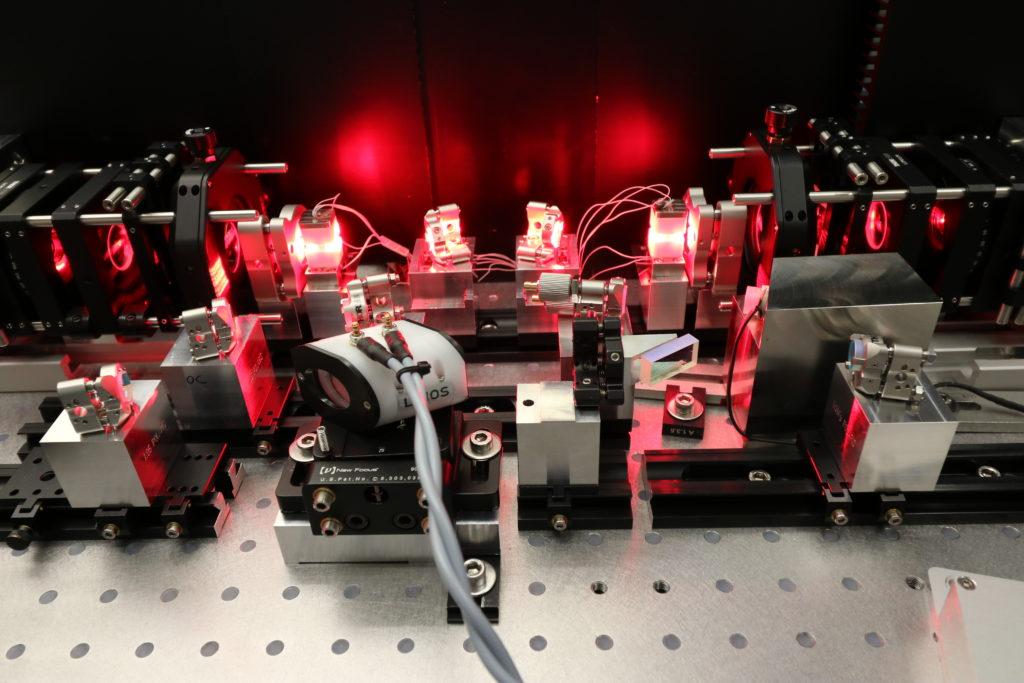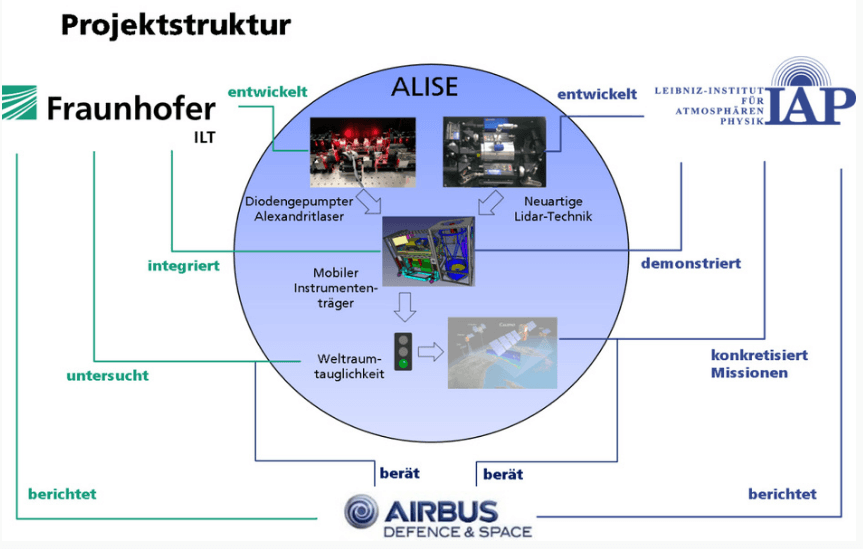 While there are some who still insist that climate change isn’t a problem, or that human activity has had little to no impact on the climate, it’s getting harder and harder to ignore the evidence – rising and warming oceans, decreasing ice, increasingly warmer global temperatures, extreme weather, etc. While ideas differ on the best ways to combat climate change, most scientists agree that more advanced research models are needed to better assess atmospheric conditions.
While there are some who still insist that climate change isn’t a problem, or that human activity has had little to no impact on the climate, it’s getting harder and harder to ignore the evidence – rising and warming oceans, decreasing ice, increasingly warmer global temperatures, extreme weather, etc. While ideas differ on the best ways to combat climate change, most scientists agree that more advanced research models are needed to better assess atmospheric conditions.
Understanding the interrelationships within the Earth’s atmosphere is crucial to understanding climatological changes, but at this time, insufficient data is available about these relationships – particularly within the mesosphere, where critical processes related to global air circulation occur. Currently, scientists use resonance LIDAR technology to measure temperature and wind speed at that altitude, but because of the complexity and weight and the equipment, the technology is almost entirely operated from the ground, limiting the data it can gather.
Over the last few years, the Fraunhofer Institute for Laser Technology ILT has been developing satellite-based laser beam sources for better climate research. In August of 2016, the institute began Project ALISE (Diode-pumped Alexandrite Laser Instrument for next generation Satellite-based Earth observation), which will run until July 2018. Working in collaboration with the Leibniz Institute of Atmospheric Physics and Airbus Defence and Space, Fraunhofer will investigate the feasibility and potential applications of a satellite-based laser system for climate observation.
Project ALISE is the first step in the development of a satellite-based observation system capable of measuring wind and temperature conditions, both temporally and spatially, in high resolution in the mesosphere – meaning that for the first time, these conditions could be measured on a global scale. To achieve this, the efficiency of the alexandrite laser needs to be increased by using laser diodes as a pump source. The weight and complexity of the components will also need to be reduced to meet the requirements for a space-based mission.
Fraunhofer’s scientists have no shortage of experience in the development of laser beam technology, and their successful work with laser beam sources and optical components for atmospheric measurement has already been demonstrated through the MERLIN (Methane Remote Sensing Lidar Mission) minisatellite climate mission and the CHARM-F (CO2 and CH4 Atmospheric Remote Monitoring – Flugzeug) project, which recently completed its first flight on the German research aircraft HALO (High Altitude and Long Range Research Aircraft) of the German Aerospace Center.

Lab demonstrator of a diode-pumped alexandrite laser for climate-relevant measuring in high-altitude atmosphere.
“The aim of (Project ALISE) is to demonstrate that a diode-pumped alexandrite laser fulfills all spectral, spatial and energetic requirements for climate-relevant Doppler resonance lidar measurement and the requirements regarding the efficiency and repetition rate of space-based systems,” states Fraunhofer ILT. “Together with a novel Lidar technology, this is the first step towards a satellite-based and thus global temperature and wind measurement with high temporal and spatial resolution in the mesosphere. This would make it possible for the first time to capture gravidial waves in the mesosphere and to detect their Influence on the world climate in models.”
The project is being supervised by the German Aerospace Center, while the budget is being provided by the Federal Ministry for Economic Affairs and Energy. Discuss in the Fraunhofer forum at 3DPB.com.
[Source: Fraunhofer ILT]
Subscribe to Our Email Newsletter
Stay up-to-date on all the latest news from the 3D printing industry and receive information and offers from third party vendors.
You May Also Like
Precision at the Microscale: UK Researchers Advance Medical Devices with BMF’s 3D Printing Tech
University of Nottingham researchers are using Boston Micro Fabrication‘s (BMF) 3D printing technology to develop medical devices that improve compatibility with human tissue. Funded by a UK grant, this project...
3D Printing Webinar and Event Roundup: April 21, 2024
It’s another busy week of webinars and events, starting with Hannover Messe in Germany and continuing with Metalcasting Congress, Chinaplas, TechBlick’s Innovation Festival, and more. Stratasys continues its advanced training...
3D Printing Webinar and Event Roundup: March 17, 2024
It’s another busy week of webinars and events, including SALMED 2024 and AM Forum in Berlin. Stratasys continues its in-person training and is offering two webinars, ASTM is holding a...
3D Printed Micro Antenna is 15% Smaller and 6X Lighter
Horizon Microtechnologies has achieved success in creating a high-frequency D-Band horn antenna through micro 3D printing. However, this achievement did not rely solely on 3D printing; it involved a combination...






























